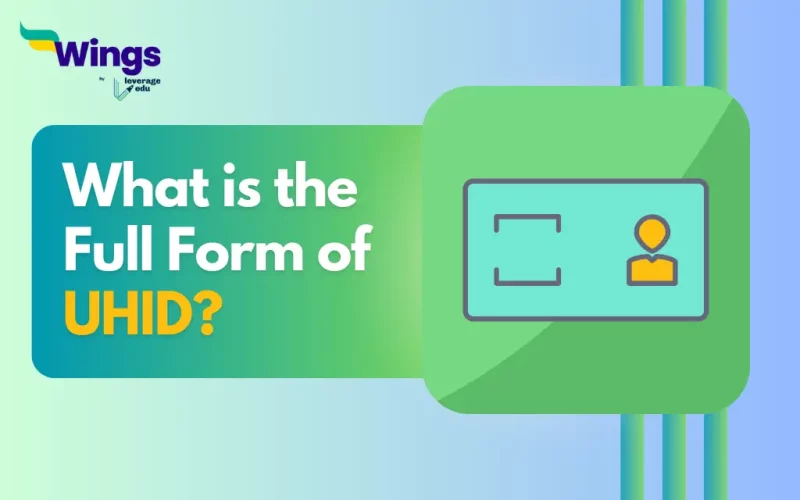The full form of UHID is the Unique Health Identification. It is a unique identification number whose issuance is done by the All India Institute of Medical Sciences (AIIMS) to each patient during their first visit to the hospital. Furthermore, AIIMS has proposed the mandatory linkage of UHID with Aadhaar as part of the Digital India initiative, aiming to enhance healthcare delivery and democratize access to medical records. Here is our blog on UHID full form in medical to understand it comprehensively.
What is the Meaning of UHID?
- Under the Digital India initiative, AIIMS assigns a UHID to patients on their initial hospital visit.
- In addition, this UHID number is crucial for documenting the patient’s entire medical journey, including their visit details, department visits, tests, procedures, admission and discharge times, and disease codes.
- Moreover, this comprehensive record streamlines medical histories for doctors.
- It reduces the burden on patients in retrieving records, thus ultimately improving the quality of care.
Also Read: What is the Full Form of NEGP?
The Need for UHID and Aadhaar Integration
Despite the benefits of UHID, some patients may struggle to provide their records or recall their UHID, further leading to the issuance of new UHIDs and the loss of vital medical history. Here, Aadhaar, the nationwide unique identification system offers a potential solution. Furthermore, integrating Aadhaar with UHID simplifies record retrieval for patients and grants doctors easy access to medical histories.
Also Read: What is the Full Form of UIDAI?
Empowering Patients with Aadhaar
Additionally, here is how Aadhaar empowers patients:
- In addition, medical records belong to patients and their significance depends on proper identification, accurate documentation, easy transferability, and access rights.
- Therefore, by linking UHID to Aadhaar there is an assurance of the establishment of a universal health record.
- Moreover, patients can request hospitals to transfer their medical records to a digital locker which is accessible from anywhere and at any time, thereby democratising healthcare delivery.
Illustrating the Impact
Imagine a patient from a remote village in Bihar seeking treatment at a district hospital. Moreover, the patient’s information is linked to Aadhaar and their data is securely stored in their digital locker. If the patient is later referred to a tertiary healthcare facility like AIIMS, the doctor can easily access the comprehensive medical history, thus enhancing diagnosis and treatment accuracy.
Also Read: What is the Full Form of NPI?
What are the Benefits of UHID?
The Benefits of UHID are as follows:
- There is efficient patient identification.
- A streamlined health records management is in place.
- Moreover, UHID improves interoperability among healthcare systems.
- The UHID further enhances patient safety and care coordination.
- It also facilitates accurate and timely medical interventions.
Government Action Required
Furthermore, the government should mandate that all hospitals link UHID to Aadhaar and provide patients with digital access to their records, stored securely in a digital locker. Collecting basic patient data, including admission and discharge times, vitals, and disease codes, should become compulsory in all hospitals.
Popular Full Forms
We hope this blog has helped you understand the full form of UHID and everything related to it. If you want to know more, find the 300+ full forms list on our blog. In the world of short forms, you can rely on the Leverage edu page to know about more full forms like this! Connect with us study abroad experts to achieve your international dream today!
 One app for all your study abroad needs
One app for all your study abroad needs













